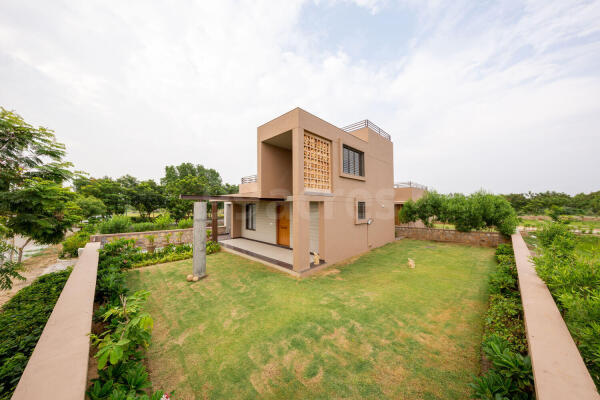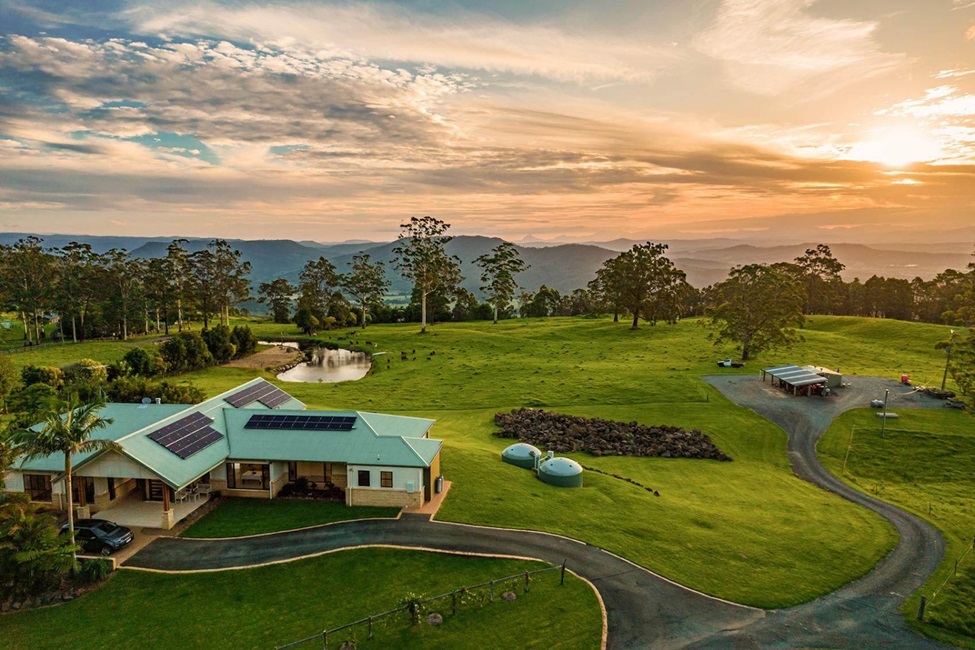Building a dream home is a significant milestone for many, and choosing the right location is paramount to ensuring that the home meets both your needs and aspirations. Acreage property offers the ideal backdrop for constructing a home that reflects your lifestyle, providing space, privacy, and the opportunity for customization. However, before embarking on such a project, it’s important to understand the key considerations and benefits that come with building on acreage property.
1. Choosing the Right Acreage Property
When selecting the Acreage Property for your dream home, several factors need to be considered to ensure the land is suitable for construction and future living.
- Location: Consider proximity to schools, work, hospitals, and other amenities. While acreage properties often provide peace and seclusion, it’s important to strike a balance between solitude and accessibility.
- Topography and Soil Quality: The land’s topography affects not only the aesthetic appeal of the property but also the practicality of building. Ensure the soil is suitable for construction and landscaping, and check for any environmental restrictions or flood risks.
- Zoning and Permits: Each parcel of land is subject to local zoning laws, which may affect what can be built. Before purchasing, ensure you can legally construct the home you envision and that the land meets your intended usage.
2. Infrastructure and Utilities

One of the major considerations when building on acreage property is the availability of infrastructure and utilities. Unlike properties within city limits, rural or larger acreage plots might lack essential services such as water, electricity, and sewage systems.
- Water Supply: Ensure that the property has access to a reliable water source. If not, you may need to install a well or connect to a nearby water system, both of which require additional investment and planning.
- Power and Sewage: Power may not be readily available on all acreage properties, requiring the installation of a private generator or the extension of local utility lines. Similarly, septic systems will need to be installed for waste management if the property is not connected to a municipal sewer system.
- Internet and Communication: Rural locations may also face challenges in terms of internet and cellular signal strength. Evaluate your communication needs and look into options like satellite internet if necessary.
3. Cost and Budget Considerations
Building on acreage property can be more expensive than building in a more urban setting due to the additional costs associated with land preparation, infrastructure development, and long-distance construction access.
- Land Development: Clearing trees, grading the land, and leveling the site can incur substantial costs, particularly if the land has difficult terrain or dense foliage. Working with a contractor experienced in developing acreage properties can help minimize these costs.
- Building Materials: Construction on a larger plot may also necessitate larger materials, such as custom designs, which can increase costs. Consider energy-efficient designs and sustainable building materials to reduce long-term expenses and environmental impact.
- Ongoing Maintenance: Living on acreage means additional maintenance, from lawn care and landscaping to upkeep of private roads and driveways. Factor in these responsibilities into your overall budget to ensure long-term affordability.
4. Designing Your Dream Home for Acreage Living
When designing your dream home on acreage property, consider how the layout will complement the surroundings and the overall lifestyle you desire.
- Maximizing Views: One of the primary attractions of living on acreage is the stunning vistas. Incorporate large windows, outdoor living spaces, and wraparound porches to take full advantage of the views offered by the landscape.
- Privacy and Space: Acreage living offers ample space for privacy. Design your home with large rooms, open floor plans, and separate areas for entertainment, relaxation, and work. Outdoor spaces like gardens, patios, and even small orchards can add value to your lifestyle.
- Eco-Friendly Features: With more space at your disposal, it’s easier to incorporate sustainable features into your home design. Consider energy-efficient heating and cooling systems, solar panels, and rainwater harvesting systems to reduce your environmental footprint.
5. Benefits of Building on Acreage Property
Building on acreage property comes with numerous benefits, enhancing your quality of life and providing opportunities that aren’t possible in more urban environments.
- Privacy and Space: Acreage properties offer far more privacy and space than most urban properties, allowing for a quieter, more peaceful lifestyle. With fewer neighbors, you can enjoy solitude and freedom, along with the ability to build amenities like barns, workshops, or even guest houses.
- Customization: The larger plot size allows for greater flexibility in design. Whether you dream of creating a large garden, installing a pool, or adding a detached garage, acreage provides the room to fully realize your vision.
- Potential for Future Growth: As your family grows or your needs evolve, an acreage property gives you the freedom to expand your home or property as needed. Additional construction or farming possibilities are also available, making this type of property a long-term investment.
Conclusion
Building your dream home on acreage property can be an incredibly rewarding experience, providing the space and freedom to create a personalized haven. However, it requires careful consideration of land, infrastructure, and budgeting to ensure that the project runs smoothly. By addressing these key factors early in the planning process, you can make informed decisions that align with your vision for a beautiful and functional dream home on acreage property.




